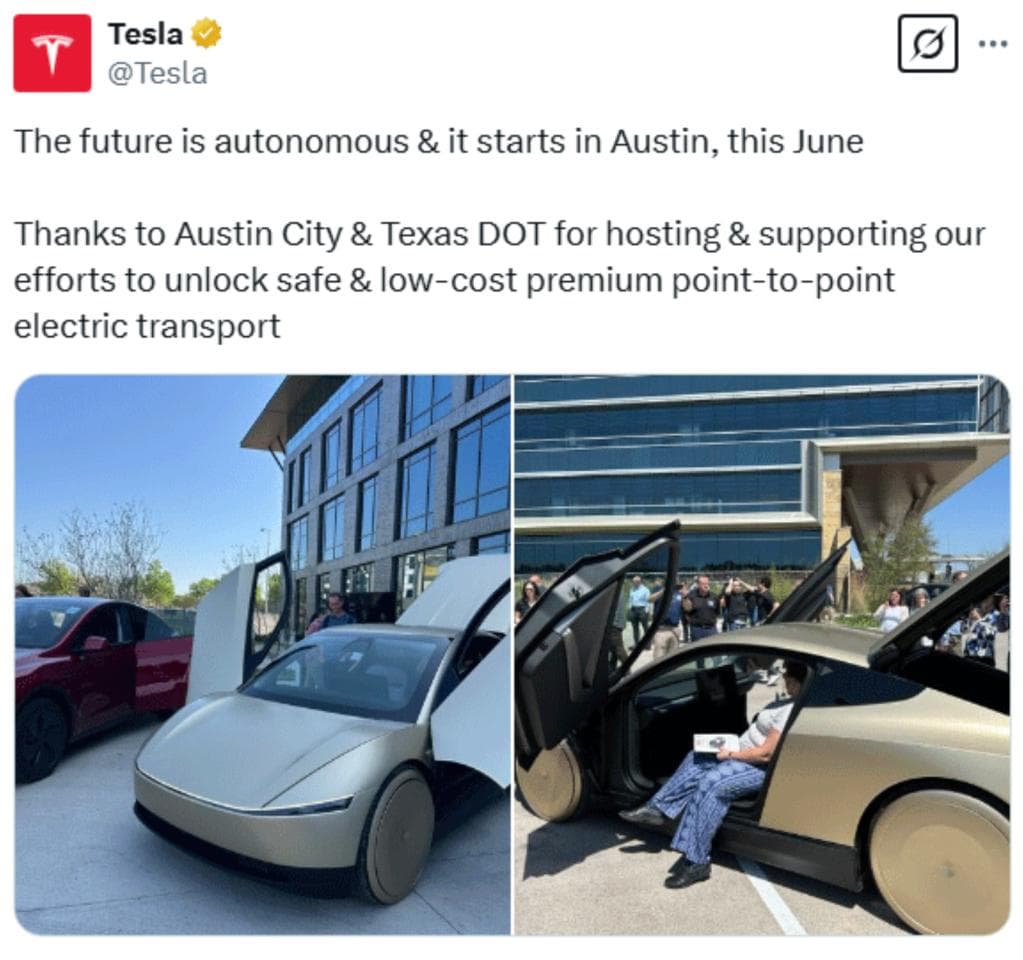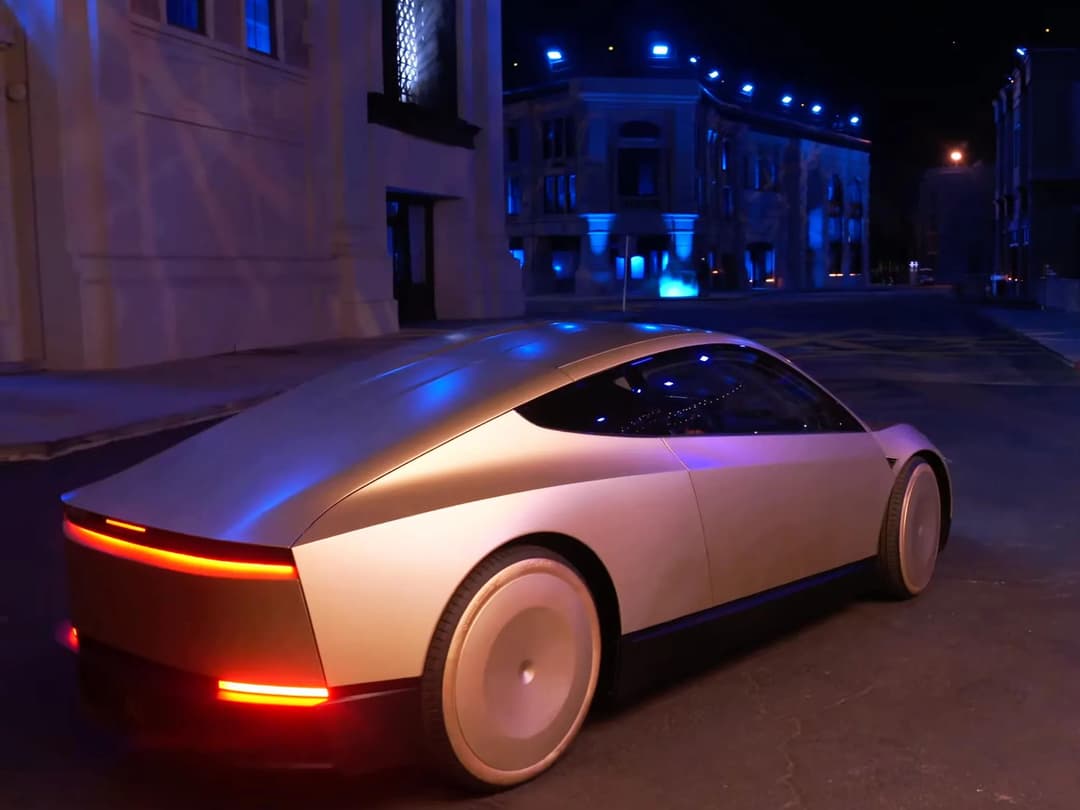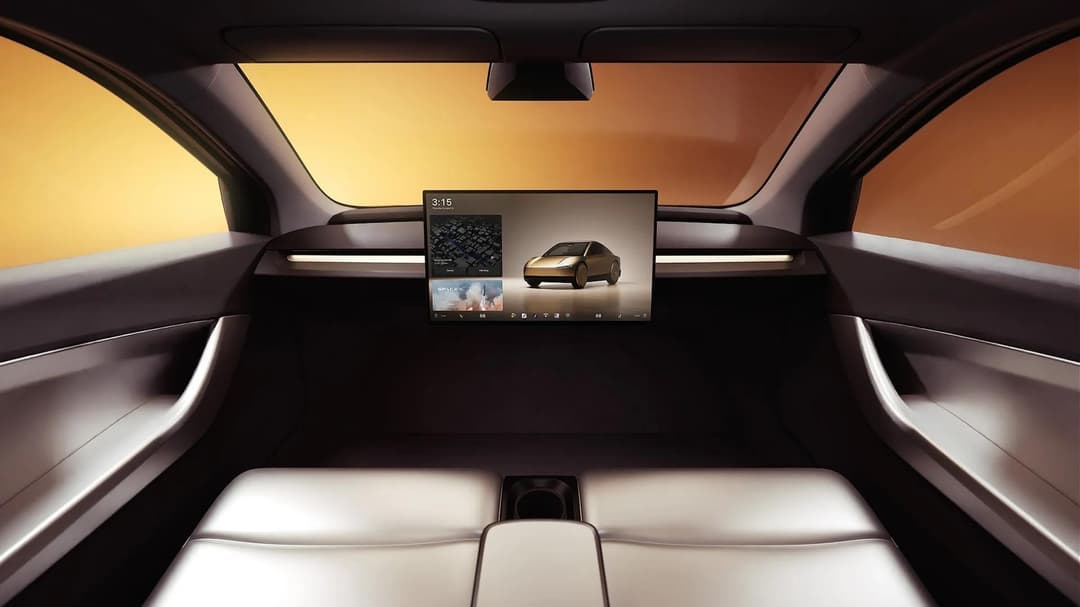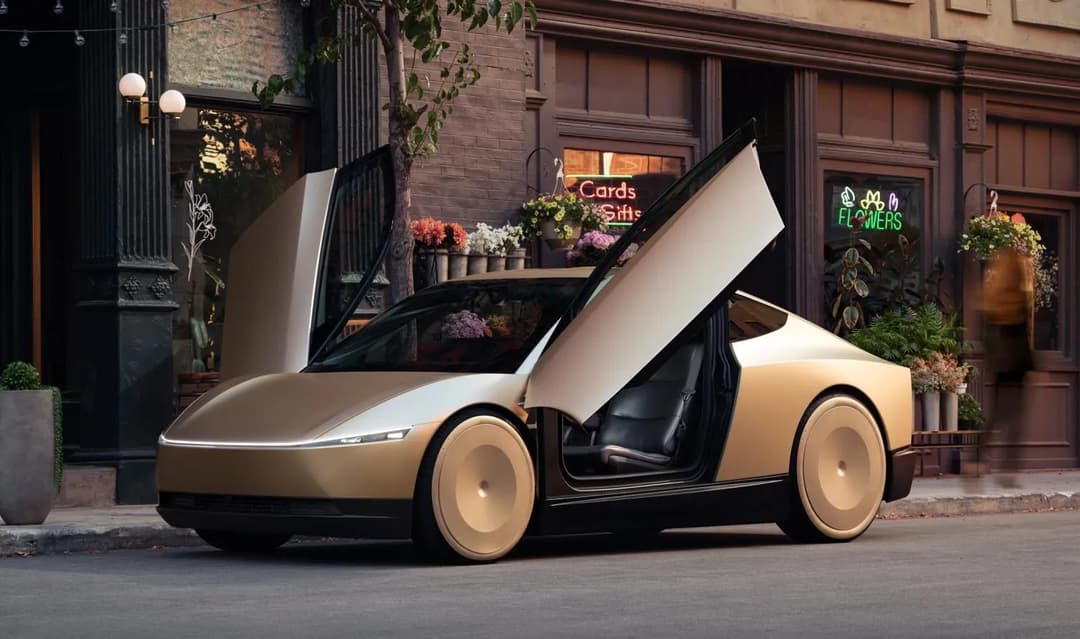Tesla is once again pushing the boundaries of autonomous driving, and this time, the spotlight is on Austin, Texas. The company has announced that its highly anticipated self-driving ride-hailing service, likely featuring the all-new Cybercab, will roll out in June 2025. But is this the long-promised ‘unsupervised full self-driving’ breakthrough, or just another step in Tesla’s evolving approach to autonomy? We break it down below.
▶️MORE: Home charging guide for Tesla Model 3 & Y

The Big Announcement
Tesla CEO Elon Musk has been teasing the idea of an autonomous ride-hailing service for years, and now, the company is gearing up to launch what it calls “unsupervised full self-driving” in Austin. Musk confirmed during Tesla’s January earnings call that the system will initially operate as a paid service and will not require a human in the driver’s seat.
“We feel confident in being able to do an initial launch of unsupervised, no one in the car, full self-driving in Austin in June,” Musk stated.
However, as always with Tesla, the devil is in the details. While the company has been testing its vehicles in self-driving mode within its factories, deploying the technology on public roads at scale is a far greater challenge.
▶️MORE: 5 Cheapest Electric Cars in Australia

What Tesla’s Robotaxi Service Will Look Like
Tesla’s autonomous fleet will likely consist of its existing vehicles, such as the Model Y, but there’s strong speculation that the new Cybercab will be introduced into the mix. The Cybercab, which was unveiled at Tesla’s We-Robot event in late 2024, is a compact, two-seater EV designed specifically for ride-hailing.
If Cybercabs hit the streets in June, this will be a major milestone for Tesla’s vision of an autonomous ride-hailing network. The Cybercab boasts a streamlined manufacturing process with just 80 structural parts, compared to the 200+ in the Model Y. This allows for mass production at a projected cost of under $45,000 AUD ($30,000 USD).
Tesla has also suggested that this initial rollout could lead to wider Cybercab production at its Austin Gigafactory sooner than expected.
A Shift in Tesla’s Self-Driving Strategy?
For years, Musk has been adamant that Tesla’s vehicles already have the necessary hardware for full self-driving, promising that an over-the-air software update would transform them into autonomous robotaxis. Yet, the upcoming Austin launch suggests a shift in Tesla’s approach. Instead of flipping a switch for millions of Tesla owners, the company appears to be following a strategy similar to that of Waymo and Cruise, rolling out its service in a geo-fenced area with a dedicated internal fleet.
▶️MORE: 2025 Tesla Model Y revealed

Notably, Musk has criticised competitors for relying on high-definition maps and multiple sensor systems (such as lidar), while Tesla continues to pursue a vision-only approach using cameras. Whether Tesla’s method will match the reliability of lidar-based systems remains to be seen, but the Austin trial will be a crucial test.
▶️MORE: BYD Overtakes Tesla in Global Sales
Unsupervised Driving, But Not Unmonitored?
While Tesla is branding this as an ‘unsupervised’ service, there are strong indications that it will be monitored remotely. The company has been actively hiring teleoperation staff to oversee self-driving operations, which suggests that human intervention will still play a role when needed.
This is significant because Tesla’s Full Self-Driving (FSD) package has, until now, required constant human supervision. Moving to a true hands-off experience, even if remote operators are standing by, is still a significant development towards Tesla’s long-term vision.
▶️MORE: More Tesla Owners Trading In Than Ever Before

What Does This Mean for Australia?
For the Australian market, Tesla’s Austin experiment could be a preview of things to come. While local regulations currently prevent a fully autonomous taxi service, advancements in Tesla’s self-driving tech could eventually shape Australia’s ride-hailing market.
With companies like Waymo, Uber, and Cruise also eyeing autonomous mobility, the Australian government will likely need to revisit legislation in the coming years. If Tesla’s Cybercab succeeds in Austin, it could provide a compelling case for similar trials in Australian cities.
▶️MORE: Australia’s EV Market Set or Massive Growth in 2025
Zecars Take
Tesla’s upcoming launch in Austin represents a major moment for the company—and for the future of autonomous transport. Whether this truly delivers on Musk’s years-long promise of fully self-driving Teslas or turns out to be another carefully worded step in a gradual rollout remains to be seen. One thing is certain: the self-driving race is heating up, and Tesla is betting big on its camera-based approach.
For Australian EV fans, it’s a look into the future, as to what one day could land on Australian roads.
Stay up to date with the latest EV news
- Get the latest news and update
- New EV model releases
- Get money savings-deal
